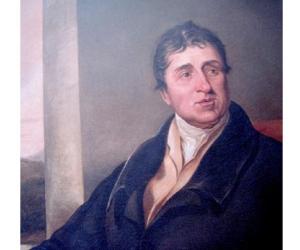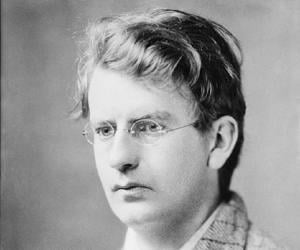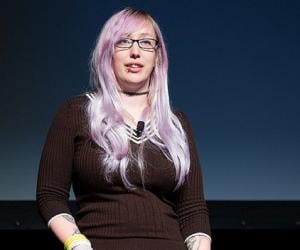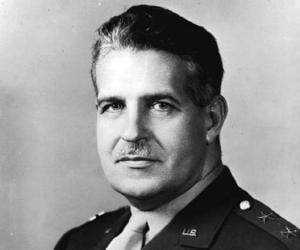Scottish civil engineer Thomas Telford had begun his career as a mason at 14, having lost his father in infancy. A self-taught architect, he was responsible for building many structures, including the Caledonian Canal and the Menai Suspension Bridge. Named The Colossus of Roads, he symbolized the Scottish Enlightenment.
Scottish inventor, electrical engineer, and innovator, John Logie Baird, is best known for demonstrating a working TV system in 1926. He then went on to invent the first viable purely electronic color TV picture tube and founded the Baird Television Development Company. He was inducted into the Scottish Engineering Hall of Fame in 2015.
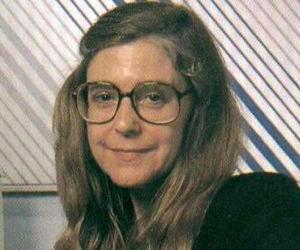
Credited with coining the term software engineering, computer scientist and systems engineer, Margaret Heafield Hamilton served as the Director of the Software Engineering Division of the MIT Instrumentation Laboratory, overseeing the development of the on-board flight software for NASA's Apollo program. A prolific writer, she is also the founder of two software companies; Higher Order Software and Hamilton Technologies.
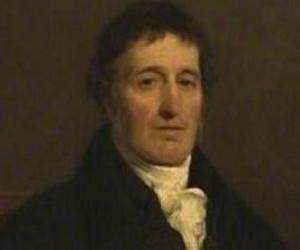
Scottish engineer William Murdoch initially worked for the firm of Matthew Boulton and James Watt. He later made a host of inventions and was the first to use coal gas for illumination. He was also known for his work on steam energy and invented the oscillating engine and the D slide valve.
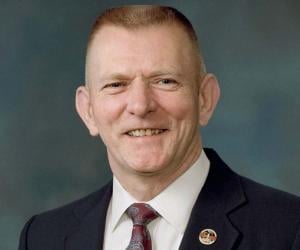
US Army officer Leslie Groves is best remembered for his association with the Manhattan Project, which was aimed at developing atom bombs during World War II. He was also in-charge of building a place to house the War Department’s staff in a structure that later became the Pentagon.
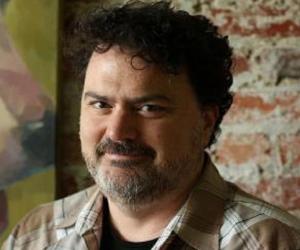
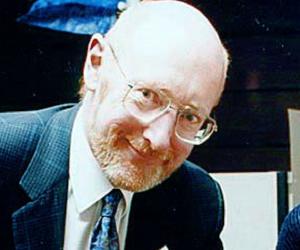
A consumer electronics pioneer, entrepreneur Clive Sinclair began his business venture selling radio and amplifier kits. He went on to launch the word’s first pocket calculator and later also worked on products such as digital watches and pocket TV. He is a fan of poker and is a Mensa member.
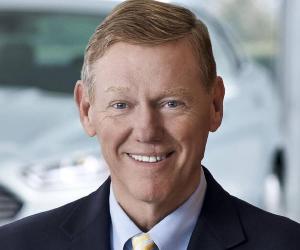
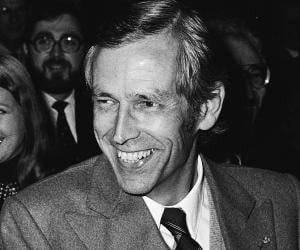
Oceanic engineer Jacques Piccard is remembered for his revolutionary inventions such as the mesoscaphe and the bathyscaphe, which he had built for under-sea exploration. The son of renowned engineer and explorer Auguste Piccard, he was initially an economics teacher but later began collaborating with his father on various inventions.
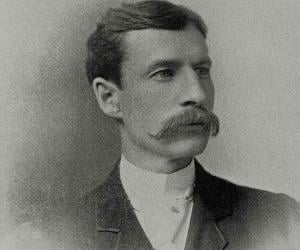
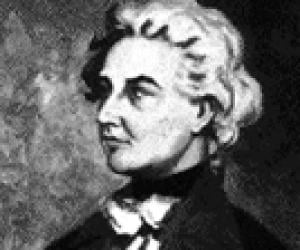
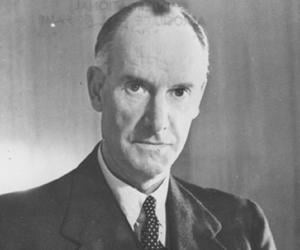
Aviation pioneer and aircraft designer Geoffrey de Havilland is best remembered for his double-engine warplane Mosquito and the jet airliner Comet. He was part of the Royal Flying Corps and had been knighted for his achievements. He was also the founder of the De Havilland Aircraft Company.
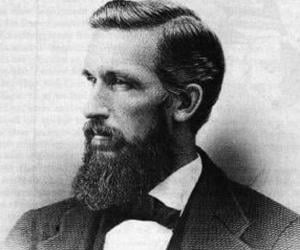
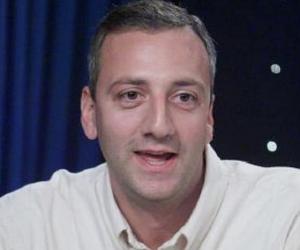
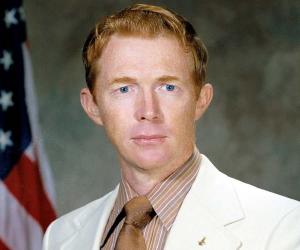
NASA astronaut and USAF pilot Stuart Roosa served as the Command Module Pilot for the 1971 Apollo 14 mission. He had begun his career as a smokejumper for the US Forest Service, before moving on to the USAF. Following his stint at NASA, he worked as an executive for Greek and US businesses.
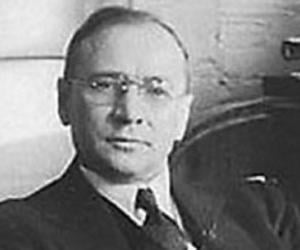
Often referred to as the Father of the Television, Russian-American engineer Vladimir K. Zworykin is remembered for inventing the kinescope picture tube, also known as the cathode-ray tube, used in the television. He was associated with the Radio Corporation of America, and his other creations included the iconoscope camera.
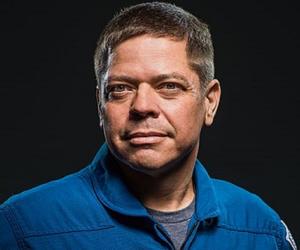
NASA astronaut Bob Behnken has also served as a colonel in the U.S. Air Force. He was the mission specialist on both the STS-123 and STS-130 space flights. The Air Force Achievement Medal winner is married to astronaut K. Megan McArthur. He also holds a radio license.
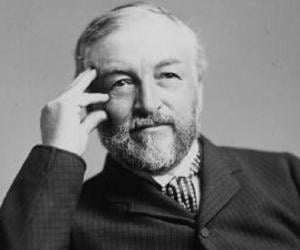
Astrophysicist Samuel Pierpont Langley had worked as an engineer before he taught physics and astronomy at the Western University of Pennsylvania. He later took over as the director of the Allegheny Observatory. He is best remembered for his research on solar radiation and for inventing the bolometer.
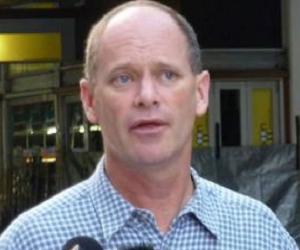
Liberal National Party leader and former Premier of Queensland Campbell Newman was born into a family of politicians and senators from Tasmania. After serving the Australian Army for 13 years, he bagged civil engineering and MBA degrees. As the mayor of Brisbane, he was named the world’s fifth-best mayor.
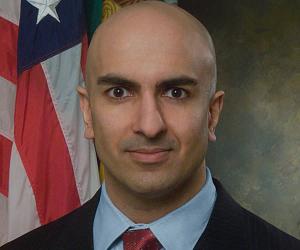
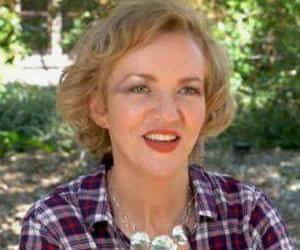
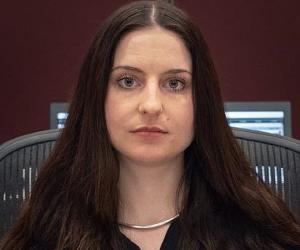
While she gained recognition with the folk metal band Eluveitie, which she joined at age 16, Swiss musician Anna Murphy later also led the 3-member folk rock band Cellar Darling. Born to opera singer parents, she was never a stranger to music. Proficient in hurdy-gurdy, she also plays the flute at times.
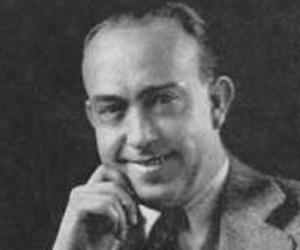
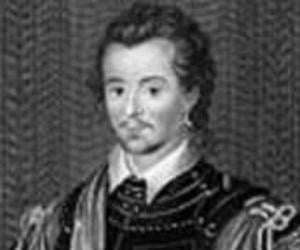
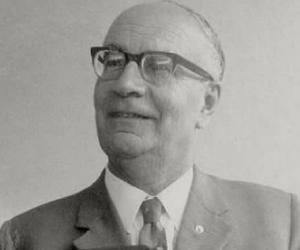
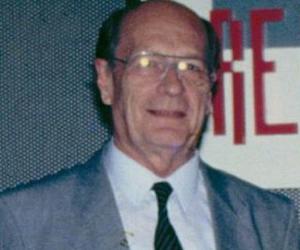
A pioneer in the design of audio recording equipments, Arthur Rupert Neve began his career designing public address systems, recording speakers and singers on lacquer discs. He later started his own business, designing analog recording and audio mixing equipments, .establishing Neve Electronics, Focusrite, AMS Neve, and finally Rupert Neve Designs. Many of his long-discontinued products are now considered collectors' items.
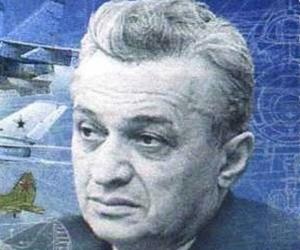


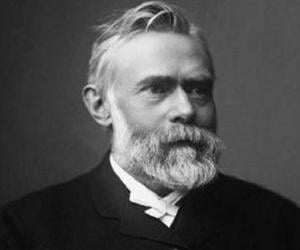
Ludvig Nobel was a Swedish-Russian engineer, humanitarian, and businessman. Along with his brother Robert, Ludvig operated an oil company named Branobel, which produced fifty percent of the world's oil at one point. Best remembered for creating the Russian oil industry, Ludvig Nobel was one of the richest men in the world. Ludvig Nobel is also credited with inventing oil tankers.
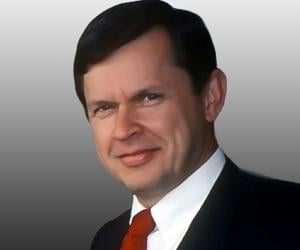
Alfred Aho is a Canadian computer scientist. He is best known for his work on compilers, programming languages, and related algorithms. He is the author of several popular textbooks on the art and science of computer programming. Along with his long-time collaborator Jeffrey Ullman, he was awarded the 2020 Turing Award, one of the most prestigious awards in computer science.
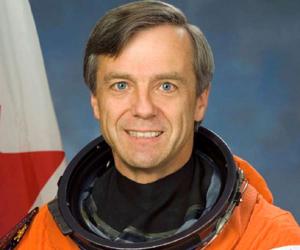
Canadian astronaut Robert Thirsk made history when he became the first person to receive a degree from space when he was awarded an honorary degree while on a space mission. He also boasts of an MIT Sloan MBA. A mechanical engineer, he had initially also studied medicine.
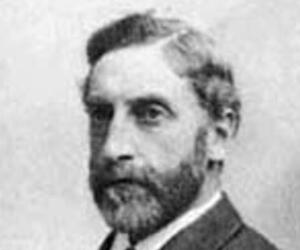
The son of a mechanical engineer, John Hopkinson followed in his father’s footsteps. Remembered for his research on alternating current, the British engineer and physicist developed the three-wire system for distributing electricity. He died in a mountaineering accident in the Alps, along with three of his six children.
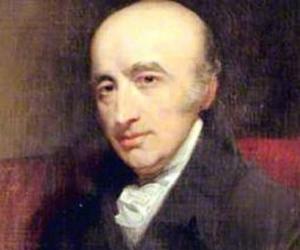
William Hyde Wollaston was a pioneer of powder metallurgy and the first to develop malleable platinum from its ore. He is also credited with the discoveries of palladium and rhodium. A Fellow of the Royal Society, he dictated his last Bakerian lecture, as he was too ill to deliver it.

While he initially apprenticed under a lock maker, he later joined the factory of Sir Marc Isambard Brunel, where he invented scores of machines, the most notable of them being the metal lathe. He also developed plane surfaces to aid his workmen at his factory. He was married to inventor Joseph Bramah's housemaid.
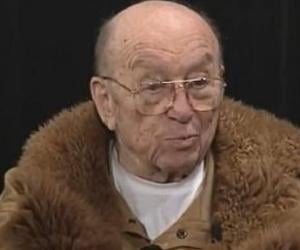
Known as the Father of Robotics, Joseph Engelberger went down in history as the developer of the first industrial robot in the U.S., the Unimate, which was installed in a GM plant. His book Robotics in Practice is classic in the field of robotics and has been translated in multiple languages.
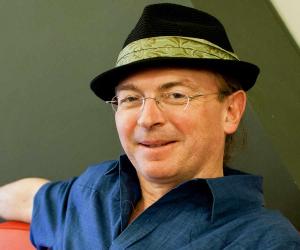
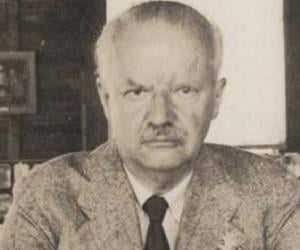
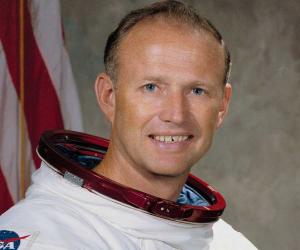
Mechanical and aeronautical engineer Gerald Carr is best remembered for commanding the Skylab 4 mission, which proved that it was possible for humans to live in space for a long period of time. He and his crew also studied Comet Kohoutek. He later formed a company that assisted in space station designing.
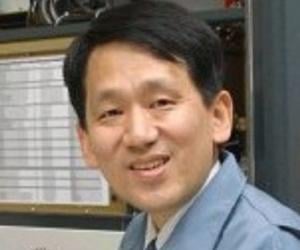
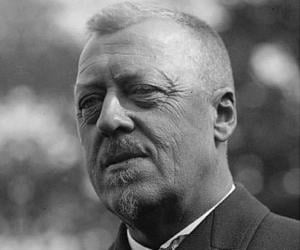
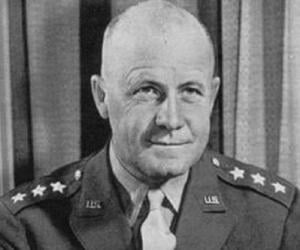
An army engineer, John C. H. Lee eventually became a lieutenant-general and presided over the ComZ during World War II. He also prepared the US troops for the Normandy Invasion. However, critics often accused him of leading a lavish lifestyle, splurging on hotels and food, amid war.
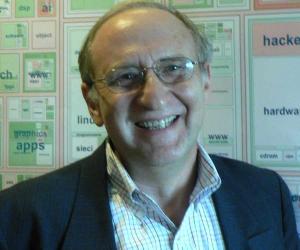
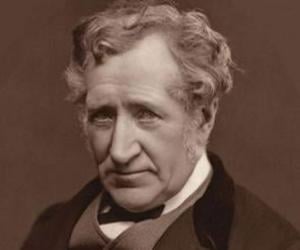
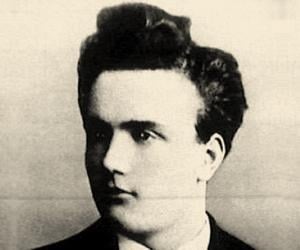
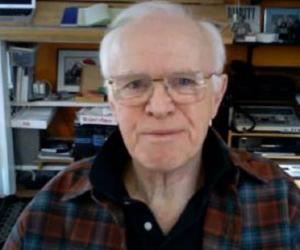

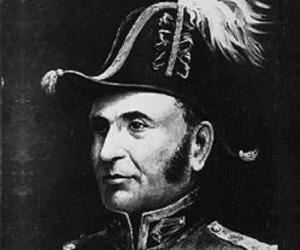
One of the major figures behind the development of the city of Ottawa, military engineer John By had created the Rideau Canal, which connected Lake Ontario and the Ottawa River. He was also charged with over-running the costs for the project but was eventually acquitted of all charges.
